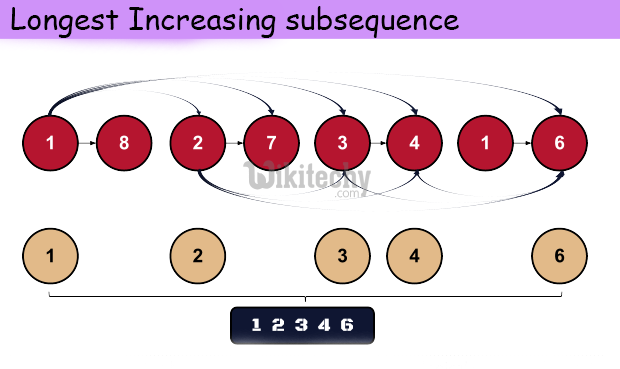Maximum Sum Increasing Subsequence
Given an array of n positive integers. Write a program to find the sum of maximum sum subsequence of the given array such that the integers in the subsequence are sorted in increasing order.
Table Of Content
For example, if input is {1, 101, 2, 3, 100, 4, 5}, then output should be 106 (1 + 2 + 3 + 100), if the input array is {3, 4, 5, 10}, then output should be 22 (3 + 4 + 5 + 10) and if the input array is {10, 5, 4, 3}, then output should be 10
Solution:
This problem is a variation of standard Longest Increasing Subsequence (LIS) problem. We need a slight change in the Dynamic Programming solution of LIS problem. All we need to change is to use sum as a criteria instead of length of increasing subsequence.

Java implementation:
Output:
Sum of maximum sum increasing subsequence is 106
Time Complexity: O(n^2)
[ad type=”banner”]



